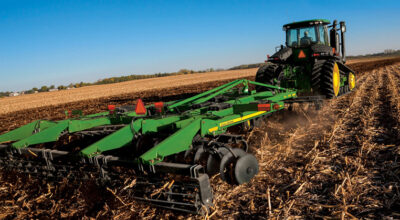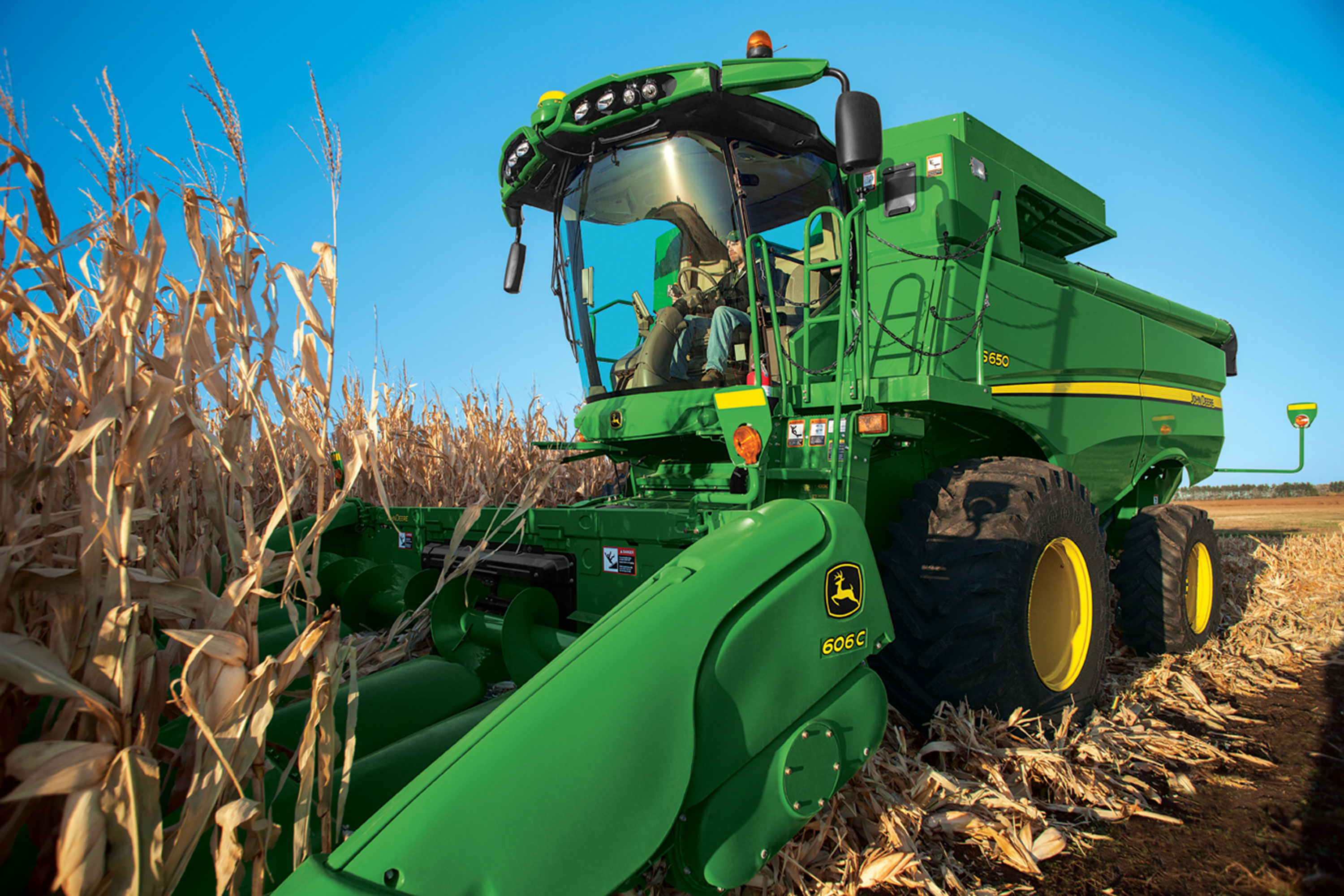A successful warm crop season starts long before planting day. Proper planning allows you to set the stage by carefully selecting suitable crop varieties, preparing your soil in advance, and implementing effective irrigation strategies.

Timing plays a crucial role—planting too early can expose crops to lingering cold, while planting too late may shorten the growing window. By considering factors like climate, soil health, and pest management, you can create the ideal environment for warm season crops like tomatoes, peppers, cucumbers, squash, and beans.
Choosing the Right Warm Season Crops
Warm season crops thrive in temperatures between 65°F and 86°F (18–30°C) and are highly sensitive to frost. When selecting crops for your farm or garden, consider your region’s climate, soil conditions, frost sensitivity, and planting time.
Location matters: Choosing crops suited to your specific geographical area will maximize growth and yield. Check your USDA Plant Hardiness Zone to understand which are most likely to thrive in your particular area.
Understanding Your Planting Timeline
Timing your planting is critical. Always plant warm season crops after your region’s last expected frost date to avoid cold stress. Start seedlings indoors a few weeks before the last frost to provide a head start.
At the same time, you shouldn’t wait too long. Planting too late can shorten the growing season and prevent crops from maturing before the first fall frost.
For some southern areas, spring may be too warm to plant certain vegetables. This chart provides a general guideline, but always refer to your local planting calendar for optimal outdoor planting dates.
Soil Preparation for Optimal Growth
Proper soil preparation is crucial to create an optimal growing environment for warm season crops. It can help eliminate weeds, keep moisture in, and give your crops a solid start.
Start with a soil test to determine pH and nutrient levels. If your pH is too low, add lime (calcium carbonate); if it is too high, add sulfur to bring it into the optimal range. If the soil holds too much water, add sand or perlite to improve drainage.
Tillage equipment such as disc harrows or rotary tillers can cultivate the soil 8-12 inches deep, breaking up compacted soil and making it easier for roots to grow. But don’t overwork the soil, which can damage soil structure and cause the opposite effect.
Irrigation Planning and Water Management
Many warm season crops, such as tomatoes, peppers, and melons, require consistent moisture, especially during flowering and fruit development. These crops are particularly vulnerable to high temperatures and rapid soil moisture loss, making efficient irrigation and water management essential.
Planning a Drip Irrigation System
Before planting, assess soil type, drainage capacity, and water availability to determine your irrigation needs. A drip irrigation system is ideal for warm season crops because it delivers water directly to the root zone, reducing evaporation and preventing overwatering.
To install a drip irrigation system, layout main water supply lines along crop rows and connect drip tape or emitter tubing with proper spacing. Then, attach a filter to prevent clogs, use a pressure regulator for consistent flow, and secure tubing with stakes. Lastly, test the system for leaks before planting to ensure successful water delivery.
Planning for Effective Water Management
While irrigation planning is essential, preparing in-season water management resources is equally important to crop success. Take the following steps before growing season begins:
- Assess your water sources and storage options early to ensure a reliable supply throughout the season.
- Implement rainwater collection or backup systems to mitigate dry periods and maintain consistent irrigation.
- Install and calibrate soil moisture sensors to fine-tune irrigation schedules, preventing over- or under-watering.
Pest and Disease Prevention Strategies
A strong Integrated Pest Management (IPM) plan is key to protecting warm season crops. Develop a crop rotation schedule to break pest and disease cycles, and select disease-resistant crop varieties suited to your region to minimize potential outbreaks. You may also plan to introduce beneficial insects by planting companion crops or installing habitat areas to encourage natural predators that help control pests.
Before the season begins, make sure equipment, tools, and storage areas are clean and disinfected to prevent the spread of pathogens. Calibrate and test your precision ag tools to confirm they’re ready to monitor pest activity and improve scouting accuracy. Finally, plan a regular crop inspection schedule to detect early signs of infestations or disease, allowing timely intervention.
Nutrient Management for Healthy Crops
Planning ahead for effective nutrient management helps support soil health and maximize yields throughout the season. Start with a soil test to assess pH levels and identify deficiencies. Then, plan fertilizer applications based on your soil’s needs and the specific crops you intend to grow.
For example, many warm-season crops, such as corn and tomatoes, require high nitrogen levels. If your soil test shows a nitrogen deficiency, plan to apply nitrogen in split doses throughout the growing season to prevent leaching, improve nutrient uptake, and ensure a steady supply when crops need it most.
Both organic and synthetic fertilizers can also replenish essential nutrients like nitrogen (N), phosphorus (P), and potassium (K). Organic options like compost and manure improve soil structure and long-term fertility, while synthetic fertilizers offer immediate availability, making them a good choice for fast-growing crops.
Monitoring Weather Patterns and Adjusting Plans
A sudden late frost can devastate young seedlings, while an unexpected drought can stress crops before they even take root. Setting up reliable weather monitoring tools before planting help you anticipate these challenges, make informed decisions, and reduce risks.
Mobile apps like NOAA Weather Radar and Climate FieldView provide real-time data on temperature, rainfall, and humidity. These digital platforms analyze trends and send automated alerts, helping farmers adjust for extreme conditions such as late frosts, droughts, or heavy storms.
With these systems in place, you can adjust early—for example, invest in increased irrigation before a drought or improving drainage ahead of heavy rain. Use forecasts to fine-tune planting schedules, manage pests, and keep your crops thriving for a more productive harvest.
Preparing for Warm Season Crops with John Deere
Equipping your farm with reliable machinery enhances productivity throughout the warm season planting and growing cycles. John Deere offers a range of equipment to support essential tasks, from soil preparation to planting, irrigation, and crop maintenance. Regular machinery maintenance ensures peak performance and longevity, helping you stay productive during critical growing periods.
For expert guidance on selecting the right equipment for your farm, visit your local John Deere dealer today and find the best tools to maximize your warm season crop success.




